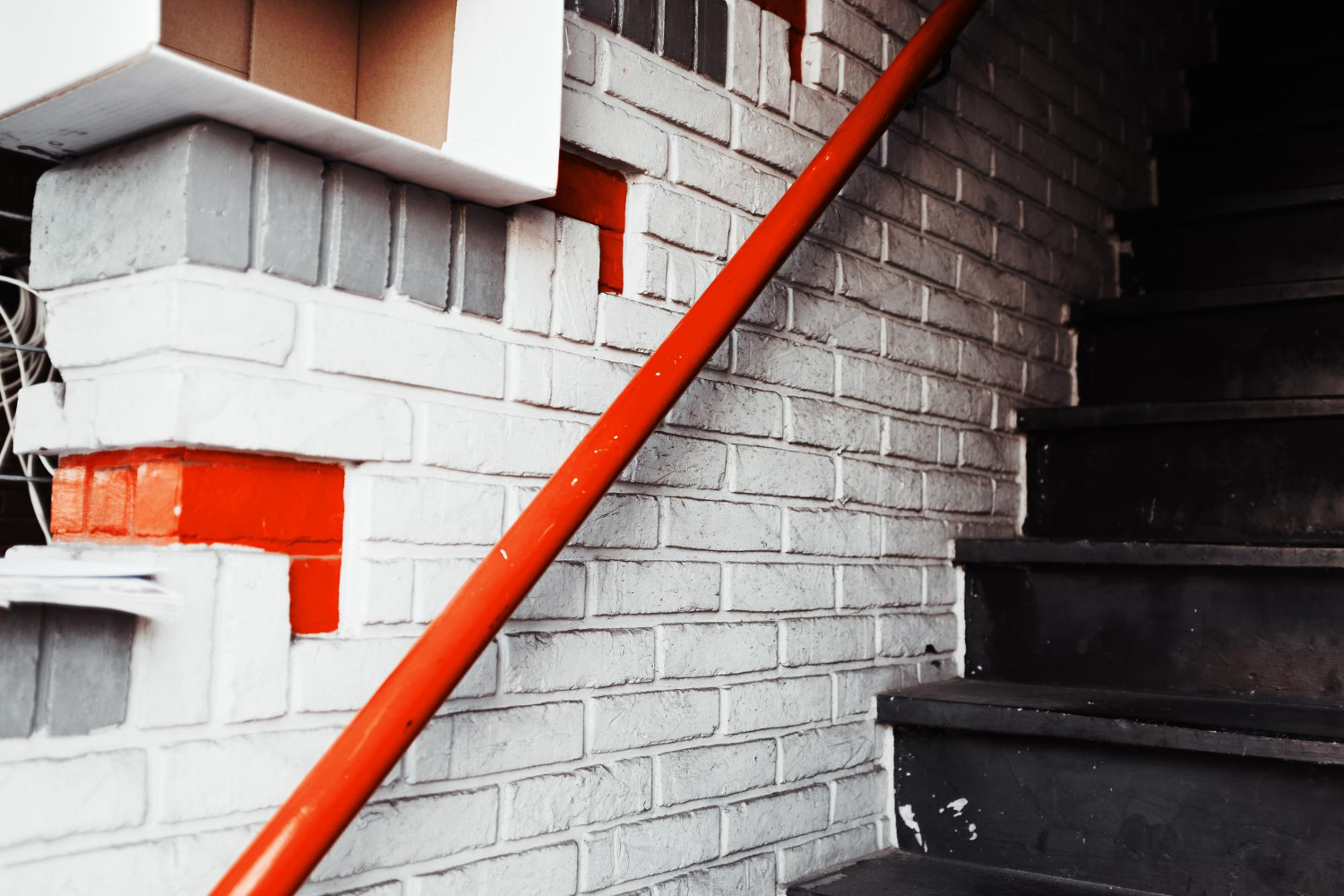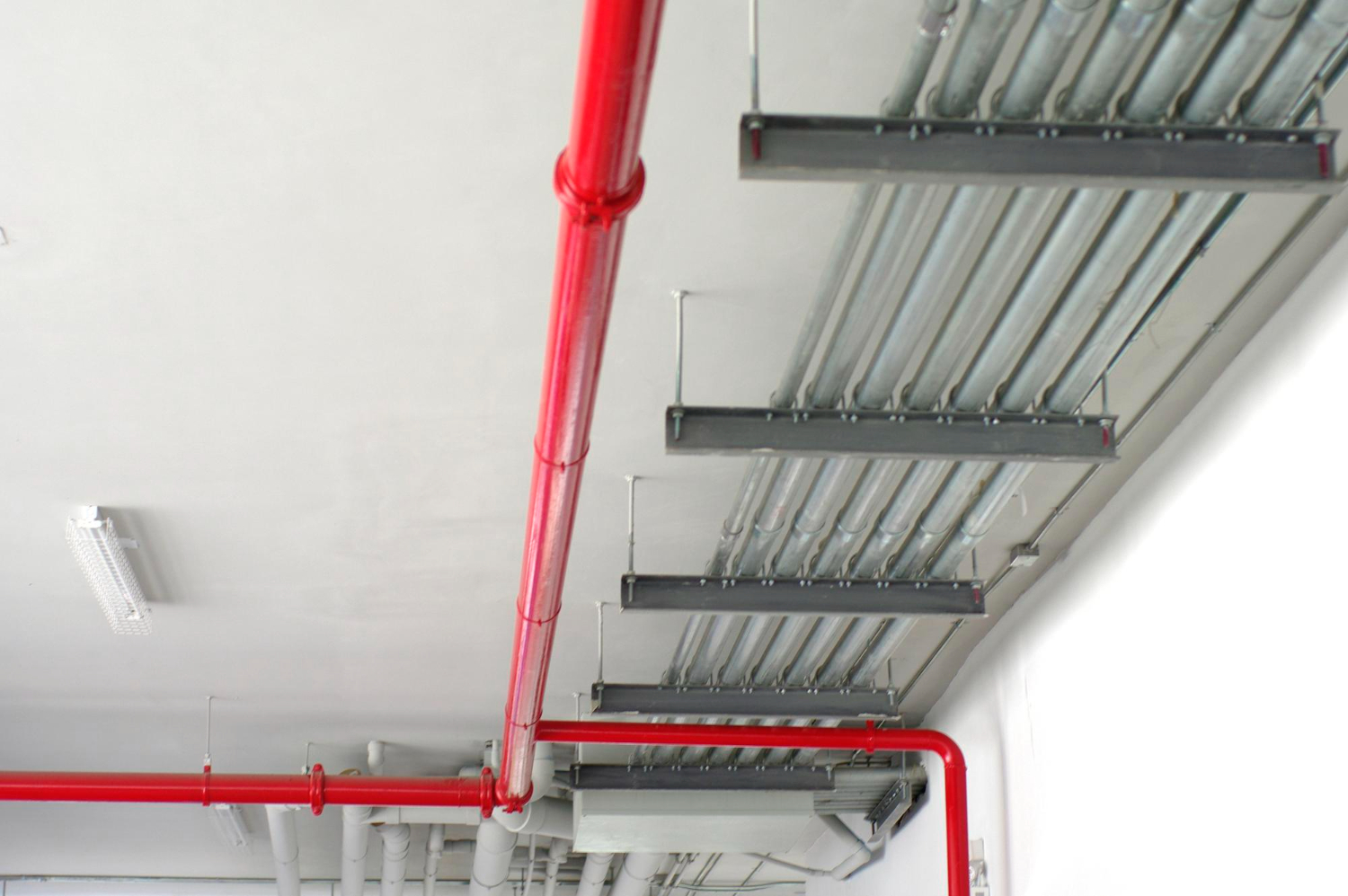Fireproofing
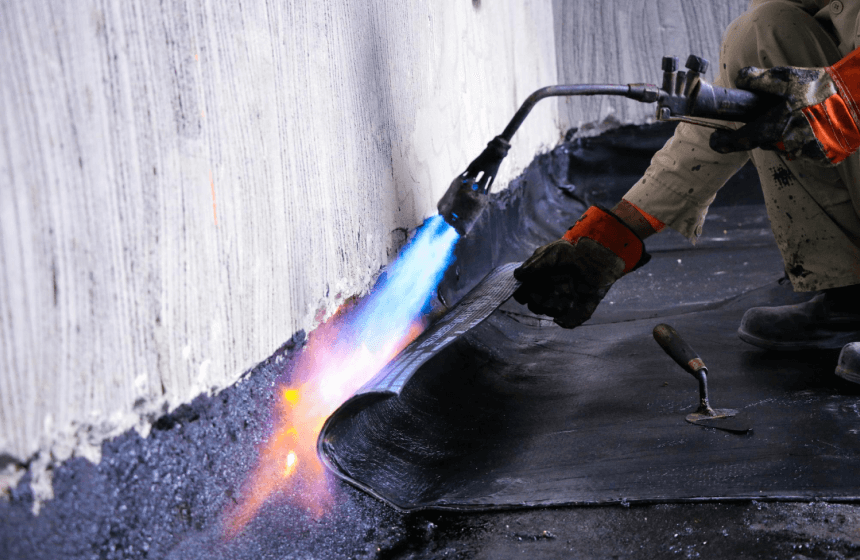
Fireproofing is rendering something (structures, materials, etc.) resistant to fire, or incombustible; or material for use in making anything fire-proof.[1] It is a passive fire protection measure. “Fireproof” or “fireproofing” can be used as a noun, verb or adjective; it may be hyphenated (“fire-proof”).
Applying a certification listed fireproofing system to certain structures allows them to have a fire-resistance rating. The term “fireproofing” may be used in conjunction with standards, as reflected in common North American construction specifications. An item classed as fireproof is resistant in specified circumstances, and may burn or be rendered inoperable by fire exceeding the intensity or duration that it is designed to withstand.
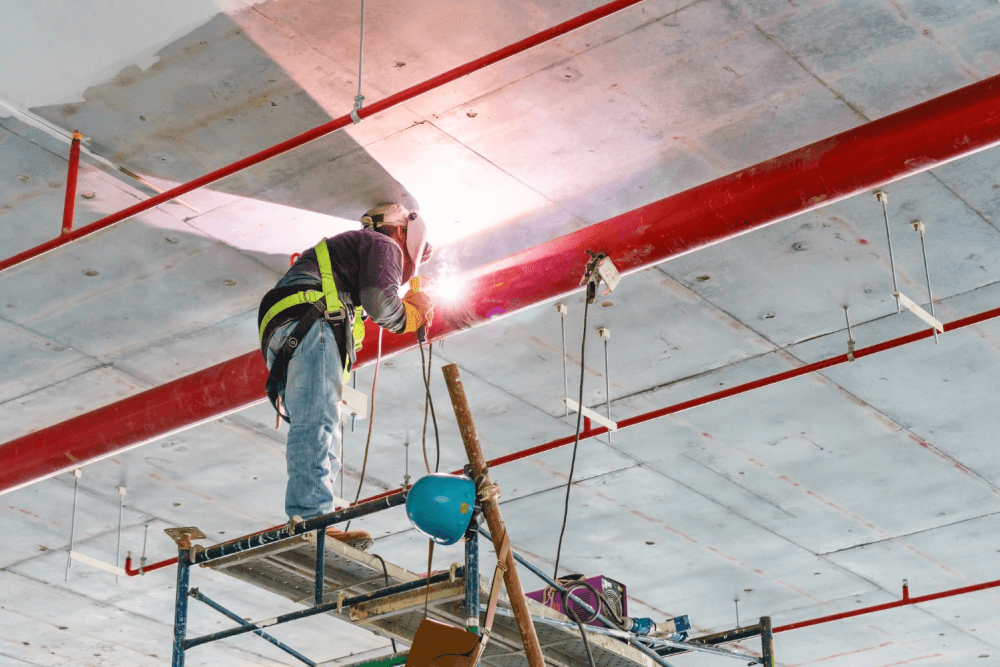
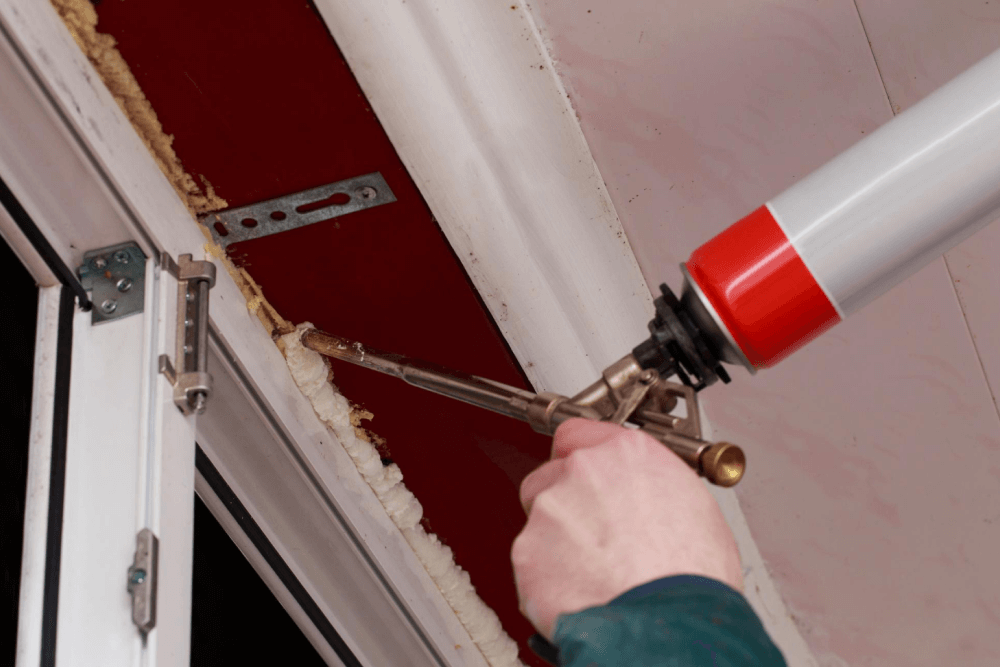
In a building fire, structural steel loses strength as the temperature increases. In order to maintain the structural integrity of the steel frame, several fireproofing measurements are taken:
- Restrictions on the amount of exposed steel set by building codes.
- Encasing structural steel in brick masonry or concrete to delay exposure to high temperatures
Historically, these masonry encasement methods use large amounts of heavy materials, thus greatly increasing the load to the steel frame. Newer materials and methods have been developed to resolve this issue. The following lists both older and newer methods of fireproofing steel beams (i-beams):
- Complete encasement in concrete square column.
- Wrapping the i-beam in a thin layer of metal lath and then covering it with gypsum plaster. This method is effective because gypsum plaster contains water crystals that are heat resistant.
- Applying multiple layers of gypsum board around the i-beam.
- Applying spray-on fireproofing around the i-beam. Also called spray-applied fire-resistive materials (SFRM) using air pressured spray gun, which can be made from gypsum plaster, mineral fibers mixed with inorganic binder or a cementitious formula using magnesium oxychloride cement
- Enclosing the i-beam in sheet metal and fill with loose insulation.
- Hollow columns filled with liquid water or antifreeze. When part of the column is exposed to fire, the heat is dissipated throughout by the convection property of the liquid
- Encasing the i-beam in rigid concrete slab
- A layer of suspended plaster ceiling isolating the i-beam
Contact Info
- info@alimezaini.com
- +971 3 767 4602
- Al Ain, UAE
Get In Touch
Contact Info
- info@alimezaini.com
- +971 3 767 4602
- Al Ain, UAE
